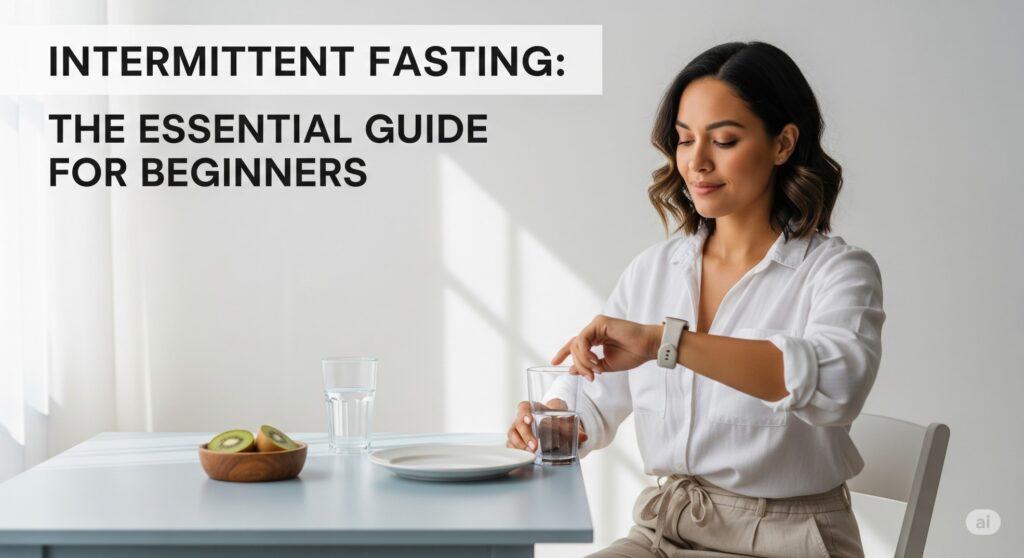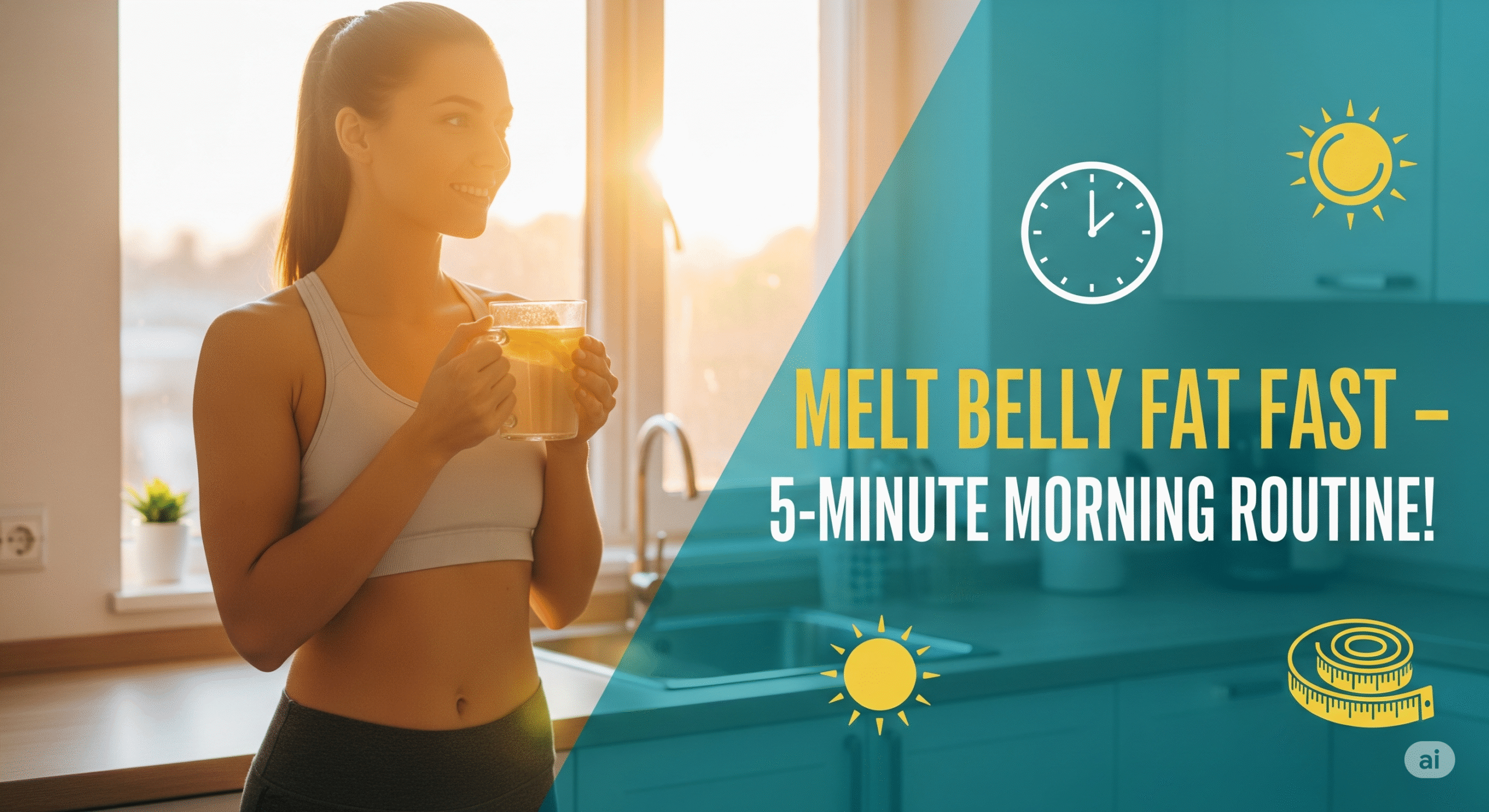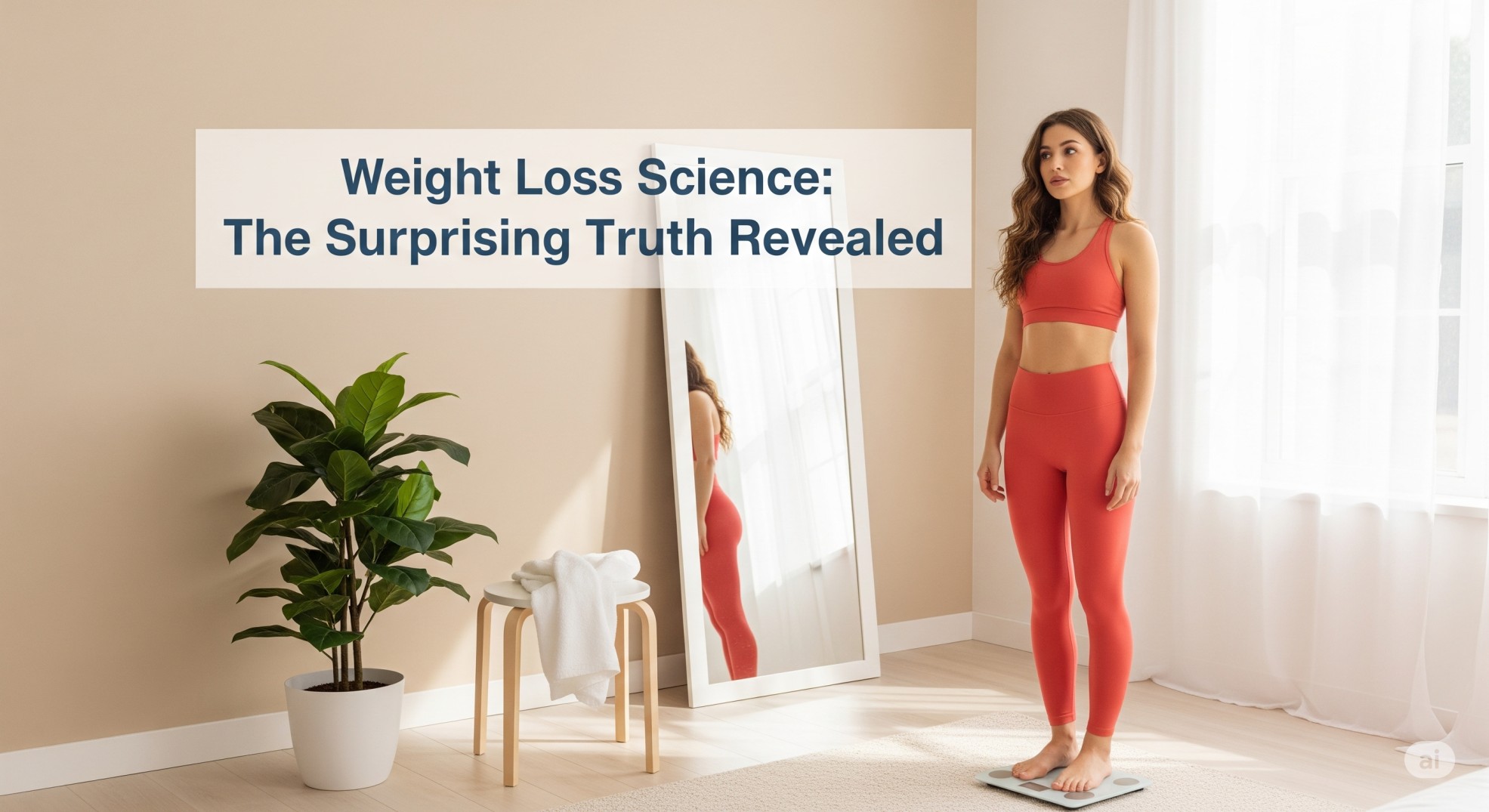In recent years, intermittent fasting has taken the health and wellness world by storm. From celebrities to fitness enthusiasts, everyone seems to be talking about it. But if you’re new to the concept, it can feel confusing or even intimidating. That’s where this beginner’s guide comes in. Whether you’re looking to lose weight, improve your metabolism, or simply live a healthier life, intermittent fasting for beginners might be the simple solution you’ve been searching for.
In this guide, we’ll break down what intermittent fasting really is, how it works, the science behind it, and—most importantly—how you can get started without feeling overwhelmed. Let’s dive in.
🕒 What Is Intermittent Fasting, and Why Is Everyone Doing It?
At its core, intermittent fasting (often shortened to IF) is not about what you eat, but when you eat. It’s an eating pattern that cycles between periods of eating and periods of fasting. Unlike traditional diets, it doesn’t restrict specific foods but focuses on timing instead.
Now, why is this important for beginners? Because intermittent fasting for beginners doesn’t require calorie counting, expensive supplements, or complicated meal plans. Instead, it taps into your body’s natural fat-burning processes.
Intermittent fasting for beginners is simple yet powerful. Intermittent fasting for beginners doesn’t mean starving yourself. Intermittent fasting for beginners encourages your body to reset and improve metabolic health. Intermittent fasting for beginners helps you become more mindful about eating.
With those principles in mind, let’s explore the most common methods.

⏱️ Types of Intermittent Fasting: Which One Should You Start With?
There isn’t a one-size-fits-all approach, which is great news for beginners. You can choose a method that fits your schedule and lifestyle. Here are the most popular IF methods:
🔹 The 16/8 Method
Also known as the Leangains protocol, this involves fasting for 16 hours and eating within an 8-hour window—say, from 12 PM to 8 PM.
➡️ Perfect for beginners because you’re basically just skipping breakfast.
🔹 The 5:2 Diet
Eat normally five days a week, then eat only 500–600 calories on the remaining two non-consecutive days.
➡️ Ideal for those who don’t want to fast daily.
🔹 Eat-Stop-Eat
Once or twice a week, you fast for 24 hours straight—say from dinner one day to dinner the next.
➡️ More advanced, but still doable for motivated beginners.
🔹 Alternate Day Fasting
You fast every other day—either completely or with minimal calories.
➡️ May not be ideal for true beginners, but worth exploring over time.
No matter which method you choose, remember: the goal is to find something sustainable. Intermittent fasting for beginners should feel manageable, not extreme.
🧬 How Intermittent Fasting Works in Your Body (Backed by Science)
So, what happens inside your body when you fast?
First of all, during a fasting period, your insulin levels drop significantly. This drop signals your body to start burning stored fat for energy. In addition to fat burning, intermittent fasting improves insulin sensitivity, reduces inflammation, and triggers cellular repair processes like autophagy (your body’s way of cleaning out damaged cells).
Second, IF can increase levels of human growth hormone (HGH) by up to five times. This supports muscle gain, fat burning, and better recovery—all without changing what you eat.
Even more importantly, intermittent fasting for beginners helps establish healthier patterns around hunger and fullness. You’ll likely notice better energy, more mental clarity, and improved digestion within the first week.
🧠 Fun Fact: IF has been shown to help reduce the risk of type 2 diabetes, heart disease, and even certain cancers—when done consistently and correctly.
🍽️ But Doesn’t Fasting Make You Starve or Lose Muscle?
Not at all. In fact, intermittent fasting, when done properly, can help preserve muscle mass while shedding fat. This is especially true when paired with strength training and a high-protein diet.
Let’s be clear: intermittent fasting for beginners isn’t about starvation. It’s about creating controlled windows of eating and rest. Many people find they naturally consume fewer calories without trying, which supports gradual, sustainable weight loss.
Still worried about muscle loss or hunger pangs? Here’s what you can do:
- Stay hydrated during fasting periods (water, herbal tea, black coffee)
- Eat enough protein during eating windows
- Get good sleep, as poor rest increases hunger hormones
- Break your fast with nutrient-dense foods to avoid crashes
🥦 What Should You Eat While Intermittent Fasting?
Even though IF isn’t a “diet” in the traditional sense, what you eat still matters. A poor diet full of processed foods can cancel out the benefits of fasting.
Here’s a beginner-friendly list of foods to focus on:
| Eat More Of | Limit or Avoid |
|---|---|
| Leafy greens & veggies | Sugary drinks & snacks |
| Lean proteins | White bread & pasta |
| Healthy fats (avocados) | Deep-fried foods |
| Whole grains | Highly processed meals |
| Berries & low-sugar fruits | Baked goods & refined sugar |
By focusing on whole, nutrient-dense foods, you’ll feel fuller for longer and support your body’s repair processes during fasting.
💡 Top 7 Tips to Succeed with Intermittent Fasting as a Beginner
Even though intermittent fasting sounds simple, there are a few beginner mistakes to avoid. Here’s how to get started on the right foot:
- Start slow with the 12:12 or 14:10 method
- Don’t binge during your eating window
- Drink plenty of water
- Avoid snacking out of boredom
- Stick to black coffee or herbal tea during fasting
- Be patient—results take time
- Track your progress without obsessing over the scale
Transitioning into intermittent fasting for beginners can take a few days of adjustment. Expect mild hunger at first, but know it gets easier.
⚖️ Is Intermittent Fasting Safe for Everyone?
While IF works well for many people, it’s not for everyone.
You should avoid intermittent fasting if you:
- Have a history of disordered eating
- Are underweight or malnourished
- Are pregnant or breastfeeding
- Take medications requiring food
- Have chronic health issues without medical guidance
If in doubt, consult a healthcare provider before starting.
📊 Intermittent Fasting: Real Results and What to Expect
Most people report weight loss, better digestion, more energy, and less bloating within the first few weeks. Some even see visible fat loss after 30 days.
Here’s what a typical 30-day transformation might look like for beginners:
| Week | What You’ll Notice |
|---|---|
| Week 1 | Mild hunger, better digestion, better focus |
| Week 2 | Reduced bloating, appetite stabilizes |
| Week 3 | Fat loss begins, improved energy |
| Week 4 | Sharper mental clarity, clothes fit better |
Remember: intermittent fasting for beginners should feel like a lifestyle—not a punishment.
🧠 Common Myths About Intermittent Fasting (Debunked)
Let’s quickly clear up a few myths:
- Myth: Fasting slows metabolism
✅ Truth: Short-term fasting actually boosts it slightly. - Myth: You must eat breakfast
✅ Truth: Skipping breakfast doesn’t harm your metabolism. - Myth: It’s only for weight loss
✅ Truth: IF also supports brain function, heart health, and longevity. - Myth: You’ll always feel hungry
✅ Truth: Hunger decreases after a few days as your body adjusts.
🌱 The Mental Shift: Why Mindset Matters
Just like any change, IF starts in the mind. To succeed, you’ll need to retrain your brain to think differently about food.
You’re not depriving yourself—you’re giving your body a break. You’re not skipping meals—you’re strategically eating in a way that supports your biology. When you approach intermittent fasting for beginners with curiosity instead of fear, you open the door to powerful change.
📝 Final Thoughts: Should You Try Intermittent Fasting?
If you’re looking for a flexible, science-backed way to boost your health, manage weight, and increase energy, then intermittent fasting for beginners is absolutely worth a try. It’s not about extremes—it’s about working with your body, not against it.
Start small, be consistent, and listen to your body. Over time, you’ll develop a rhythm that supports both your physical and mental well-being.





Leave a Reply